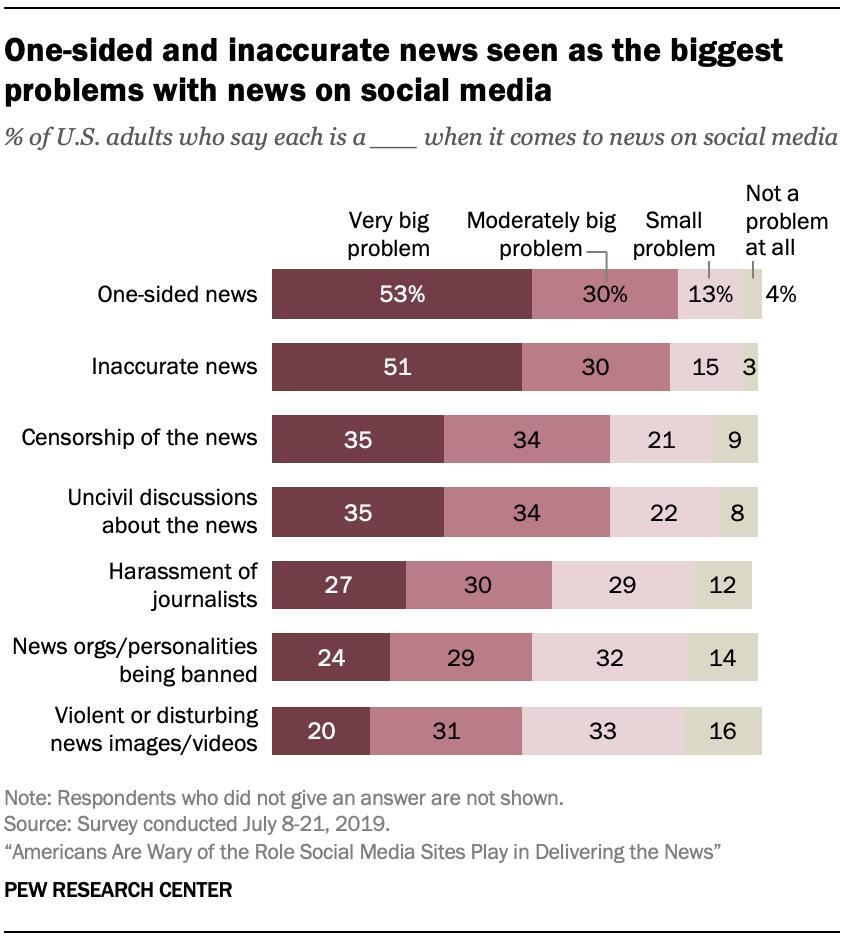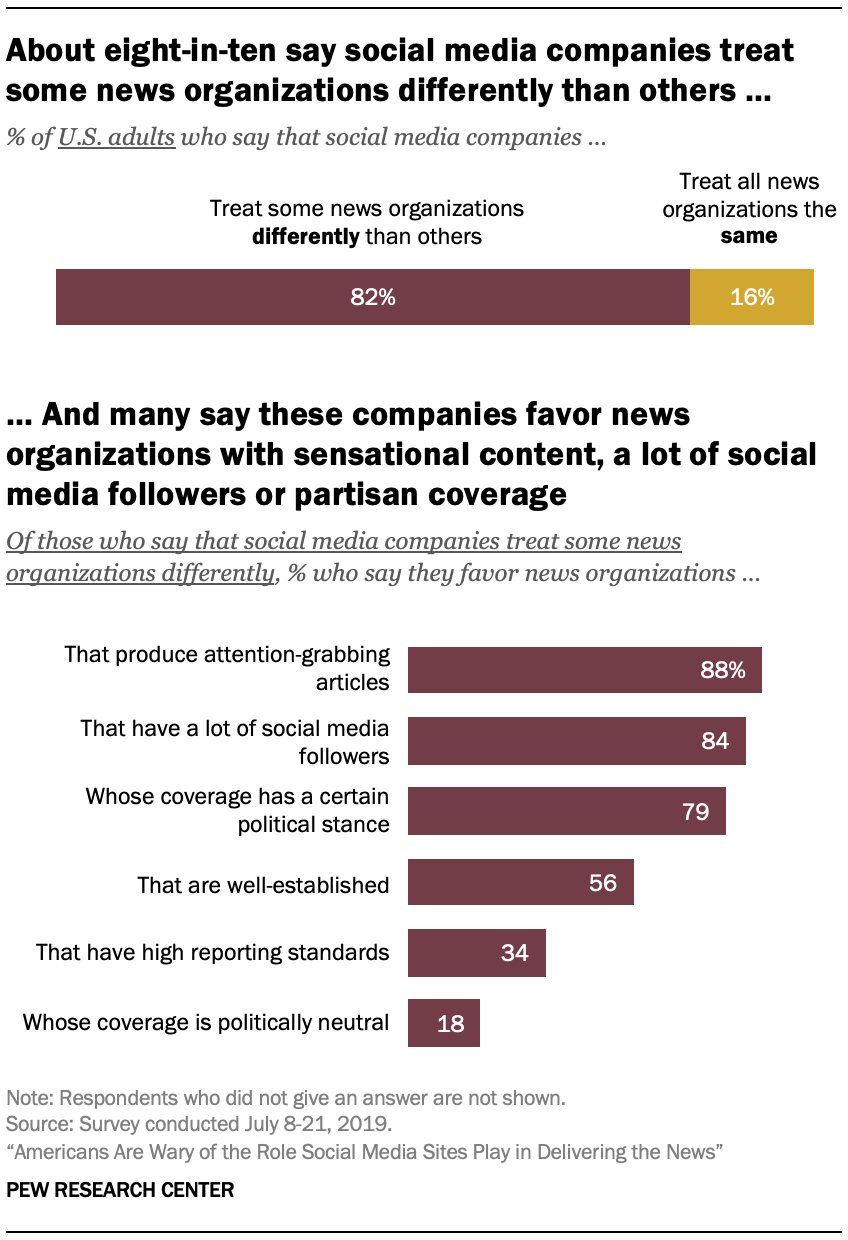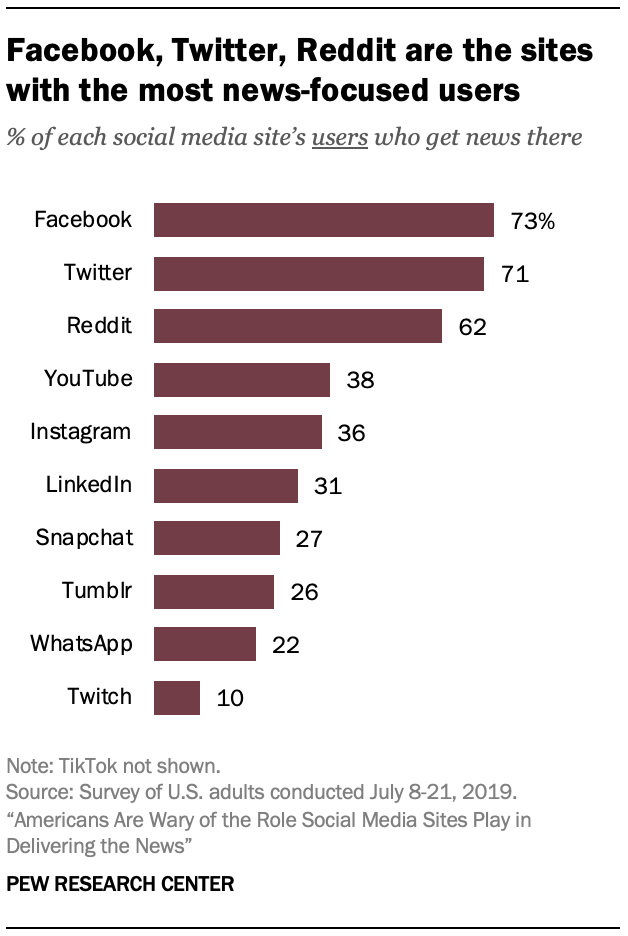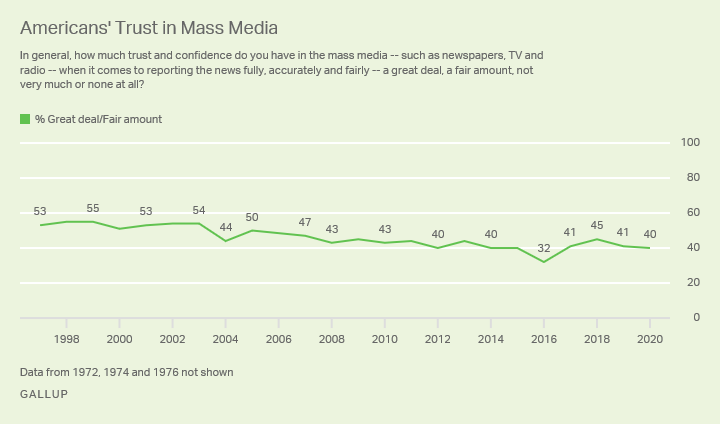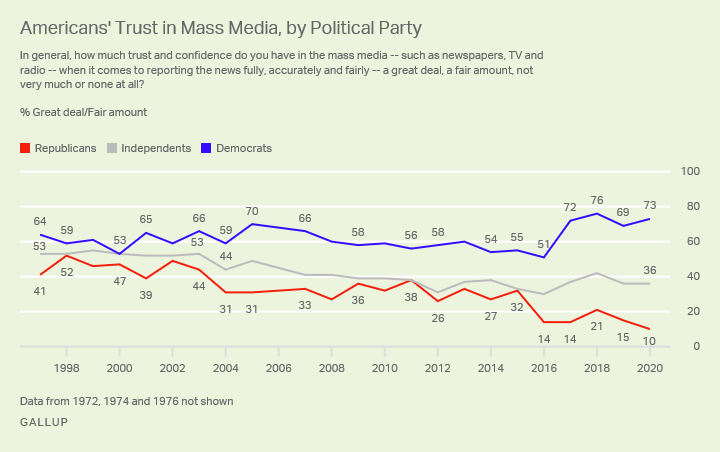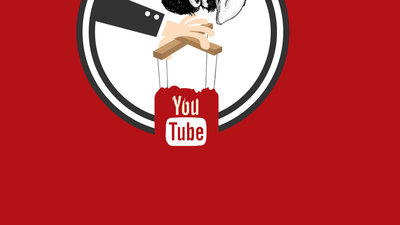According to a book by Benjamin Ginsberg on the Jewish role in anti-German resistance during WWII, during the 1930s and 40s, Jews had a lot of power in the US media. In the 1930s before WWII broke out, Jews held back somewhat on using their media control to spread anti-German propaganda as they believed that it could turn the US public against Jews.
The Movies
In addition to the aforementioned activities, Jews played a very important role in producing films and other forms of entertainment that echoed the Roosevelt administration’s anti-German and pro-British stance. Most of America’s major film studios—Paramount, Twentieth Century Fox, MGM, Warner Brothers, and so forth—had been founded and were owned by Jews.24 Jewish filmmakers, as well as newspaper columnists and radio personalities, especially those associated with the FFF, were quite happy to attack Nazism and present Great Britain in a positive light. During the early and mid-1930s, to be sure, Jewish filmmakers and broadcasters had been reluctant to take a strong position on Germany for fear of sparking an anti-Semitic backlash in the United States.
Joseph Breen, head of Hollywood’s Production Code Administration (PCA), often warned Hollywood’s Jews against using their influence in the industry to make anti-Nazi and “Communistic” propaganda films.25 Breen’s predecessor, Will Hays, held a similar view and had blocked production of several films deemed offensive to Nazi Germany, such as an adaptation of Sinclair Lewis’s It Can’t Happen Here, as well as the antiwar film Idiot’s Delight, which criticized Mussolini’s invasion of Ethiopia. The film was eventually shown but only after scenes to which the Italian government objected were cut.26
In 1938, though, independent filmmaker and FFF member Walter Wanger produced Blockade, a film that criticized Francisco Franco, and Personal History (later re-released as Foreign Correspondent), which questioned German treatment of the Jews. Both films touched off a good deal of controversy and were condemned by isolationists and pro-German groups as “Jewish propaganda,” but the dam had been breached. Wanger’s films effectively led the way for the major Hollywood Jewish executives, particularly Jack Warner, to take on the same topics. At the end of 1938, Warner Brothers released Confessions of a Nazi Spy. The film was inspired by the actual case of a group of German spies who had come to the United States and were subsequently caught and convicted of espionage. When the film project was first being discussed, the German consul in Los Angeles wrote to the PCA urging that the project not be undertaken lest it lead to unspecified “difficulties.”27 Warner went ahead with the film and, indeed, put it in the hands of a staunchly anti-Nazi production crew. Confessions was directed by Anatol Litvak, a German Jewish émigré, and starred Edward G. Robinson, a Jewish actor active in the Hollywood anti-Nazi movement, and Paul Lucas, another German Jewish émigré. In the film, Nazi Germany is depicted as intent on world domination and presenting a clear and present danger to the United States. Robinson, in the role of an FBI agent, asserts that through espionage and subversion, Germany has already embarked on a war against the United States. Toward the conclusion of the film, the audience is warned that continued isolationism will leave the United States and its way of life vulnerable to German attack from within and without.
By 1940, Hollywood studios were producing many feature films and film shorts promoting American rearmament and attacking Germany. Warner Brothers offered to make any film short on the need for military preparedness free of charge. At the Roosevelt administration’s request, MGM produced a film on foreign and defense policy titled Eyes of the Navy, which dramatically presented the importance of a strong national defense and an activist foreign policy. Other studios followed with films bearing such titles as I Wanted Wings, Dive Bomber, Flight Command, Navy Blues, Buck Private, and Tanks a Million. Even the comedy team of Abbott and Costello promoted preparedness with their humorous depiction of national military service, Caught in the Draft. Other important films presenting anti-German themes or warning of the need for preparedness included A Yank in the R.A.F., in which a young American flier shows his countrymen how to fight the Nazis, and Warner Brothers’ Sergeant York, the story of America’s greatest World War I hero, Alvin York, who put aside his pacifism to serve his country. York himself attended the film’s New York premiere along with Eleanor Roosevelt and General John Pershing. York declared that if Americans stopped fighting for freedom, “then we owe the memory of George Washington an apology.”28
President Roosevelt personally thanked the movie industry for its “splendid cooperation with all who are directing the expansion of our defense forces.” The White House showed its gratitude to Hollywood by ordering the Justice Department to settle, on terms favorable to the studios, an antitrust suit it had brought against the major film producers a few years earlier. Roosevelt also intervened to secure a reduced sentence for Joseph Schenk, head of Twentieth Century Fox, who had been convicted of income tax evasion.29
The increasingly anti-German and interventionist perspective presented by the film studios in 1940 was echoed by important segments of the news media, particularly the radio networks. Two of the most important networks, CBS and NBC, embodied the pro-British, anti-German alliance between America’s Jews and establishment Protestants. These networks were owned by Jews, while their most important news broadcasters and journalists were such establishment figures as Edward R. Murrow and William Shirer. Murrow’s broadcasts from London during the Blitz brought the war and the plight of the British people into every American home.
In 1938, 1939, and even early 1940, isolationism had been a powerful force in the United States. When the European war began, even many Americans who had little love for Nazi Germany were dubious of American involvement in Europe and reluctant to spill American blood for the defense of Great Britain or, particularly, Soviet Russia. By late 1940 and early 1941, however, the relentless media and public information campaign conducted by the FFF, ADL, AJC, and other groups had weakened and discredited isolationist and anti-interventionist forces, as well as those who advocated appeasement of Nazi Germany. By late 1940 and early 1941, the polls showed increasing public support for the administration’s desire to intervene in the war on behalf of Great Britain.30
[...]
Wartime Propaganda
During the war, the Roosevelt administration established a number of agencies designed to mobilize popular sentiment, bolster civilian morale, and encourage military service. The largest of these was the Office of War Information (OWI), whose mission was the enhancement of public understanding of the war, coordination of government information activities, and oversight and liaison with the press, radio, and motion pictures.72 In other words, the OWI was in charge of coordinating wartime propaganda. The OWI’s Bureau of Publications, which employed a number of Jewish writers, such as Samuel Lubell, produced pamphlets and essays on topics relevant to the war effort.
Lubell, who later became a well-known pollster, wrote a 123-page pamphlet titled Battle Stations for All, designed to explain to ordinary Americans how taxation, rationing, and bonds contributed to winning the war.73 Similarly, the OWI’s Domestic Radio Bureau worked with the radio networks to encourage popular entertainers to incorporate war-related themes into their acts. At the OWI’s behest, Jack Benny told his audience, “When we buy those bonds, remember we’re not doing the government a favor. We’re the government! This is my war, and your war! So let’s get rolling.”74
Among the most important offices within the OWI was the Bureau of Motion Pictures (BMP), which was charged with seeking to ensure that the movie industry would help to promote the nation’s war effort. According to published BMP guidelines, the first question filmmakers were to ask themselves before beginning a project was, “Will this picture help win the war?”75
Not unlike their Russian counterparts, Hollywood’s large cadre of Jewish studio heads, producers, and directors needed little urging to join the war effort. Between 1941 and 1945, the studios focused on such themes as the danger posed by Nazi Germany and its Japanese ally, the threat of foreign spies and saboteurs, the need for national unity, the importance of American leadership in the world, patriotism and sacrifice, and, above all, the indomitable American spirit. Once aroused, said Hollywood, Americans would show their mettle and bring Hitler and his friends to their knees. To be sure, not all wartime movie propaganda was produced by Jews. The Italian-born Frank Capra’s Why We Fight series of short documentaries is an obvious example. But most of the great propaganda films of this era were written, produced, or directed (or all three) by Hollywood’s Jewish filmmakers. Indeed, even several of Capra’s films were written by Julius and Philip Epstein.
A film that presents many of the main themes of World War II propaganda is, of course, Warner Brothers’ 1942 feature Casablanca, starring Humphrey Bogart and Ingrid Bergman. Casablanca was produced by Hal Wallis, directed by Michael Curtiz, and written by Julius and Philip Epstein and Howard Koch, all members of Hollywood’s Jewish film community. In this film, Bogart portrays Rick Blaine, an embittered American who owns Rick’s Café in Casablanca, then under the rule of the Vichy regime. Gathered at the café are refugees from Nazism from many lands. Though Rick claims to be an apolitical cynic, it turns out that he, like America itself, fought against the Germans before and only needs to be reminded of his duty. The reminder comes in the form of Ilsa Lund (Ingrid Bergman), Blaine’s long-lost love, who arrives at Rick’s with her husband, Czech freedom fighter Victor Laszlo (Paul Henreid). Laszlo reawakens Rick’s latent heroism and resolve. Rick decides to reenter the fight against Nazism, even though it means giving up Ilsa. He tells her that the stakes outweigh their own love and lives. Rick tells Ilsa he has a “job to do,” a phrase often heard by Americans in the military.76
Rick even inspires the sleazy, collaborationist French commandant, Captain Renault (Claude Raines), to join him in the battle against the Germans. Thus, the film intimates, Americans need to be reminded of their duty and must put personal concerns aside for the duration of the war. Inspired by American leadership, moreover, the other nations of the world—even the sometimes craven French—will do their duty as well. With America reawakened, the outcome is no longer in doubt. “I know our side will win,” Laszlo tells Rick as they part.
Another well-known film that presents a number of propaganda themes is Paramount’s 1943 So Proudly We Hail!. Directed by Mark Sandrich (born Mark Goldstein), the film tells the story of a group of military nurses sent to the Philippines at the beginning of World War II. The nurses’ convoy is attacked by the Japanese; when they reach their destination, their camp is shelled; they suffer many hardships as they endeavor to provide care for wounded soldiers. In a dramatic scene, one nurse gives her life to allow her friends to escape the advancing Japanese. The surviving nurses are finally evacuated and dream of someday resuming their normal lives. The film depicts Americans as heroic and ready to sacrifice for their friends and country. The enemy is shown as brutal and merciless. An idyllic future is possible if Americans continue to work together to win the war. So Proudly We Hail! was the only World War II film to give women a lead role in combat settings. The presence of the women underscores the film’s theme of national unity. One nurse receives a letter from her husband explaining, “You were kids from all walks of life—all classes—all kinds of people. This is ... the people’s war because they have taken it over and are going to win it.”77
For the most part, the Hollywood studios operated more or less independently of the government, though they submitted scripts for review and consulted with various civilian and military agencies on their propriety. One 1942 feature film, however, was actually commissioned by the OWI. This was the documentary film The World at War, produced and edited by Samuel Spewack and distributed to theaters through MGM, Twentieth Century Fox, Paramount, Warner Brothers, and RKO. The film makes use mainly of newsreel material to trace the origins and history of the war and to explain to Americans the need to fight the Axis. The film revisits the years before the war when the German American Bund and isolationists, such as senators Nye and Wheeler, sought, according to the film, to confuse Americans and leave them unprepared to defend their nation. The World at War goes on to show German and Japanese atrocities, some of the footage taken directly from Nazi films. After viewing the film, New York Times film critic Bosley Crowther wrote in 1942, “Spread across the face of America, The World at War should stimulate a grim resolve.”78
Retrospectively, World War II is sometimes seen as “the good war,” a conflict that united Americans in the face of an existential threat. In point of fact, Americans were deeply divided before the Japanese attack and not definitively united after Pearl Harbor. Partisan and ethnic differences could well have become the basis for wartime division, especially as the human and pecuniary costs of the war escalated.79 One key to American unity during the war was the fact that Americans were the recipients of a steady diet of material emphasizing the need to support the war effort. From the radio, the cartoons, and the movies, the nation learned that Americans must buy bonds, pay taxes, serve in the military, and fight until “the job” was done. As for the Jews, part of their job was to make sure the nation focused on its job.
[...]
Notes
24. Neal Gabler, An Empire of Their Own: How the Jews Invented Hollywood (New York: Crown, 1988).
25. Clayton R. Koppes and Gregory D. Black, Hollywood Goes to War: How Politics, Profits and Propaganda Shaped World War II Movies (Berkeley: University of California Press, 1990), 22.
26. Koppes and Black, Hollywood, 23.
27. Koppes and Black, Hollywood, 27.
28. Susan A. Brewer, Why America Fights: Patriotism and War Propaganda from the Philippines to Iraq (New York: Oxford University Press, 2009), 92.
29. Koppes and Black, Hollywood, chs. 1–3.
30. Ruth Sarles, A Story of America First (Westport, CT: Praeger, 2003), ch. 4.
[...]
72. Hardesty, Red Phoenix, 176.
73. David Glantz and Harold M. Orenstein, The Battle for Kursk, 1943 (London: Frank Cass, 1999), 260.
74. Alison and Hardesty, “Aviation,” 102.
75. Hardesty, Red Phoenix, 176.
76. Hardesty, Red Phoenix, 98.
77. Belyakov and Marmain, MiG, 20–31.
78. Overy, Russia’s War, 155.
79. Arad, In the Shadow, 150.
Dr William Pierce touches on this exact subject in his 1998 broadcast "Media Myths"


